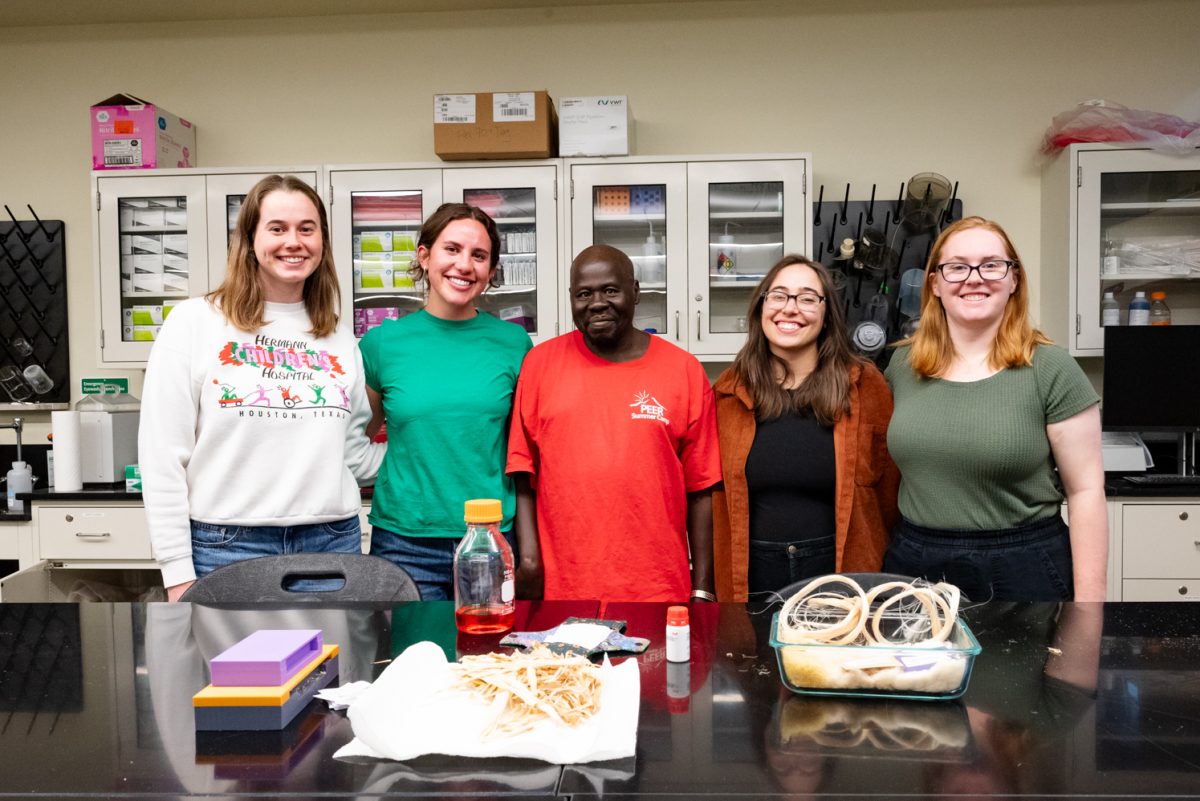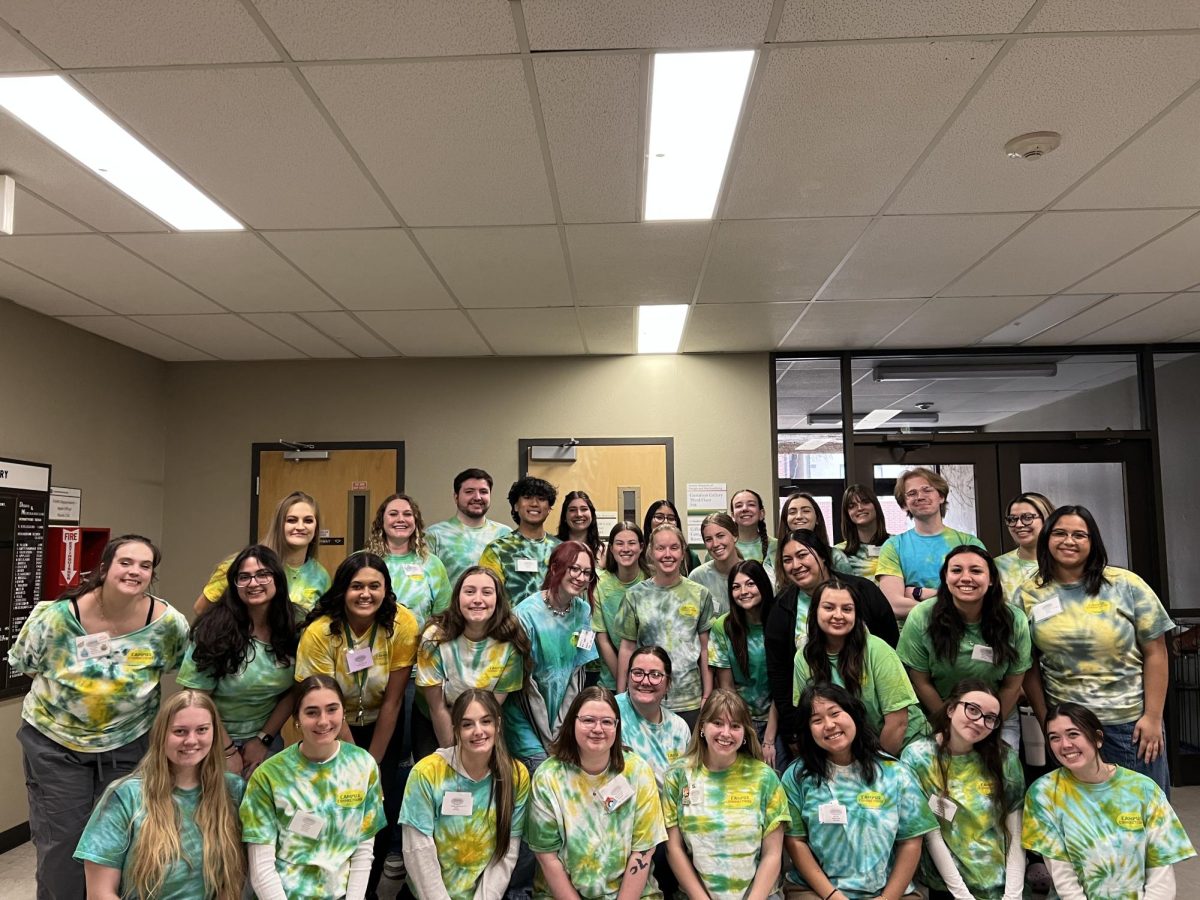Plastic particles were recently inadvertently discovered in precipitation in Rocky Mountain National Park, but they aren’t the only human element found in the water of the alpine tundra.
While searching for high levels of metals in precipitation collected at sites in the network of the National Atmospheric Deposition Program, United States Geological Survey chemist Greg Wetherbee happened upon a colorful mix of plastic fibers, fragments and microbeads.
“I put (samples) under the microscope, and when I started to see things that looked like plastic, at first I didn’t really believe it,” Wetherbee said. “I thought, well, maybe that’s just some contamination that got into a sample. But … we estimate plastic particles were in about 90% of the samples we took between over 300 filters.”
Wetherbee said this is the second discovery to show plastics being transported hundreds or thousands of miles in the atmosphere and falling in precipitation in a remote area, such as the RMNP collection site, 3.5 miles away from the Bear Lake parking lot.
We’re at the top of the Mississippi River Basin, and if plastics are starting here, they’re going to wash all the way to the Gulf of Mexico.” Jill Baron, research scientist, USGS and CSU
“It wasn’t surprising to find microplastic particles in places like downtown Denver or downtown Boulder or another metropolitan area,” Wetherbee said. “If we’re finding these plastics in remote areas, then they must be a widespread, pervasive part of our environment.”
But, Wetherbee was not looking for plastic. He is part of a team of scientists with USGS who are monitoring multiple factors in precipitation across Colorado.
“Since 1983, we started asking questions about alpine ecosystems in protected areas like Rocky Mountain National Park,” said Jill Baron, a research scientist with USGS and Colorado State University. “One of the questions we’re asking is: ‘What are the major global change drivers, and how do they affect these ecosystems?’”
Baron said early and ongoing research looks largely at acid rain and nitrogen levels in precipitation.
“Recently, we’ve been seeing all sorts of other stuff falling out of the sky,” Baron said.
The effects of issues such as higher nitrogen levels in alpine lakes and protected areas have been heavily researched, with some questions still remaining. But, the effects of plastics in the ecosystem are yet to be determined.
“The field is just getting started,” Wetherbee said. “I think there should be some focus from academia on trying to get graduate students interested in studying microplastics in the environment.”
Baron said plastic is different from some of the other contaminants they study because it will be carried through the entire water system.
“Rivers are major conduits of plastics to the ocean,” Baron said. “We’re at the top of the Mississippi River Basin, and if plastics are starting here, they’re going to wash all the way to the Gulf of Mexico.”
One of the primary purposes of the USGS research group is to help land managers understand what challenges they are facing in protected areas so they can take steps to mitigate damage, Baron said.
“The public needs to know that this is happening in their most loved and protected places and that taking action worldwide will help to protect them,” Baron said.
Ravyn Cullor can be reached at news@collegian.com or on Twitter @RCullor99.











